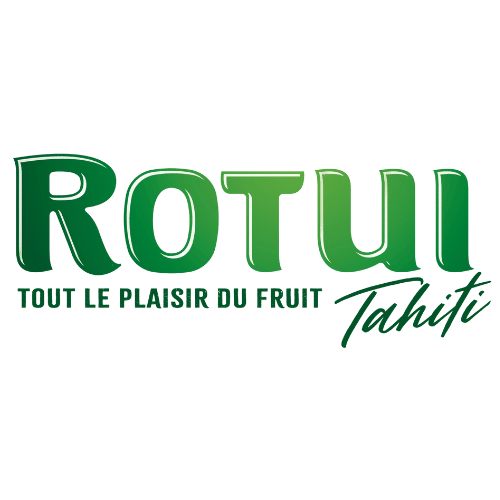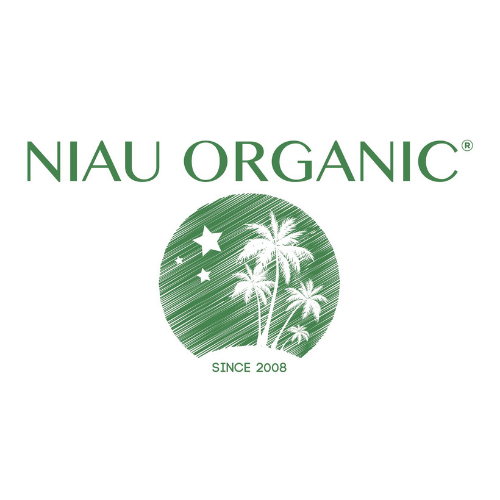
| Lime | |
|
Citrus fruits are part of the oldest cultivated fruits. They have been cultivated in China for 2000 years. Probably coming from Southeast Asia, nowadays we can find this fruit throughout the tropics. Mainly used for its refreshing juice or for cooking, lime is rich in Vitamin C. |
It is used as traditional medicine against bowel problems, hepatic troubles and fatigue An essential oil is obtained by distillation of the bark, widely used in the food industry to flavour any type of food. |
|
CULTIVATION Lime growing can be done with different methods: planting seeds, cuttings, tissue growing...
|
USES Medical uses The leaf is considered antiseptic, astringent and diuretic, and is used in the treatment of respiratory and urinary diseases. The fruit pulp is rich in vitamin C and is recommended as treatment against scurvy and asthenia. An essential oil is extracted from the bark and has diaphoretic properties. It is used to treat asthenia, sores for children, and fever. The root is said to have diuretic properties and also to be used to relieve anxiety. The branches are said to possess antiemetic properties. Food uses The pulp and juice are particularly popular for making beverages, marmalades, flavors in candies and pastries. Domestic uses The wood of the lime tree is yellowish, hard with a fine grain and is used in cabinetmaking, wood turning and marquetry. |







